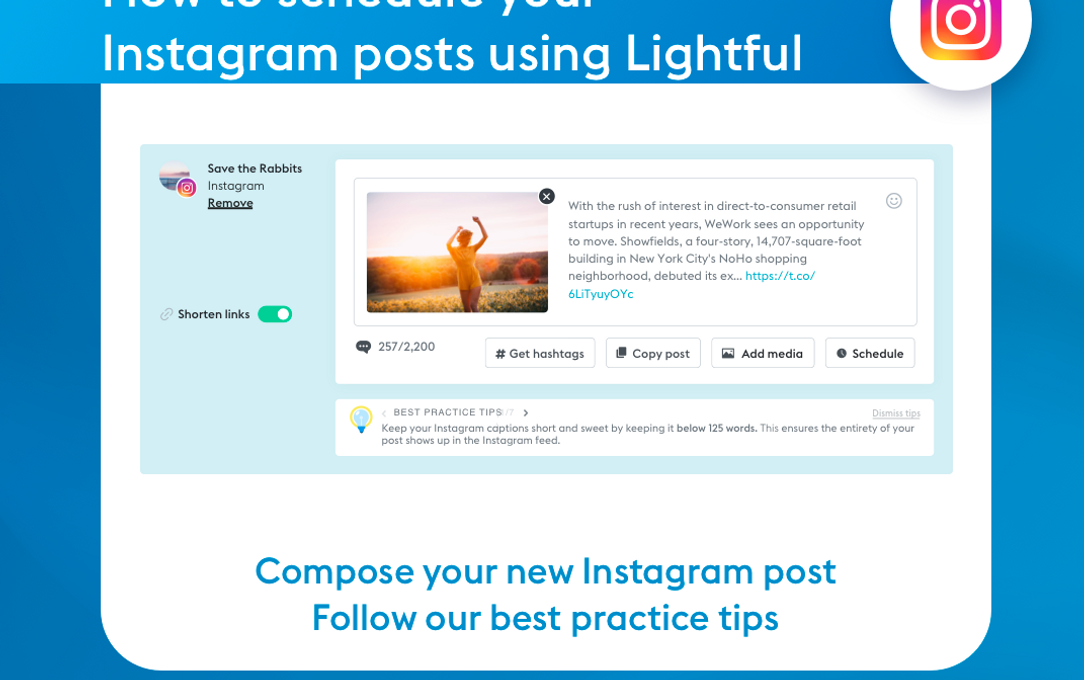Charities winning at LinkedIn

LinkedIn is a social network for professionals and has over 500 million users. It’s the perfect platform to reach corporate partners, high net worth individuals, CSR managers, leaders and decision makers, yet it’s rather underused by the charity sector.
Most charities tend to post the same content that they post on Facebook to LinkedIn (or even link directly to Twitter), but that is ineffective because the audience is so different. Whilst the essence of the content or message can be the same, it needs to be written differently for LinkedIn.
Here are two charities we believe have got it right on LinkedIn.
Mental Health Foundation
The Mental Health Foundation is a perfect example of a charity who understands who their audience on LinkedIn is – professionals in the workplace. Their content is all about improving mental health and well-being for employers and employees.
They also understand the importance of employee advocacy. Whilst it’s an important platform for your charity to be on, it’s your staff who will build relationships on LinkedIn through people they meet at events, conferences, training, meetings etc.
There’s a feature on LinkedIn that only individuals can use, which essentially gives people the ability to write blog posts directly on the platform. These posts are public and can be read by anyone as well as be shared to other platforms. Their Workplace Lead, Chris O’Sullivan uses the post feauture to blog about the charity’s work, their resources and how “Mental health is critical to business success and staff engagement, to successful diversity programmes, and to attracting and retaining talent.” It’s a fantastic way to show thought leadership and to build awareness of the charity.
Mind
Like the Mental Health Foundation, Mind also uses LinkedIn to promote mental well-being in the workplace.
Social media is not just a broadcast channel. As well as sharing your own news and content, you should be sharing relevant content from other sources or organisations, as Mind has with this article in the Metro.
LinkedIn is the perfect platform to advertise a course on ‘Managing mental health at work’, which is aimed at those “whose role involves managing or supervising employees and volunteers, or roles who support staff at work.” This content is totally appropriate for this platform and it’s unlikely this course would have been posted on their Facebook page – it shows a real understanding of their audience.
Mind also shares case study stories and videos on LinkedIn but, again, they’re focused on mental health in the workplace.
Other examples
Whilst I struggled to find charities whose whole presence on LinkedIn was excellent, I did find some great examples of individual posts.
For National Apprentice Week, Barnardo’s shares how they provide training and work experience for young people to give them the skills needed to get into employment.
NSPCC share their safeguarding tools and guidance for those professionals working with children and young people.
St Mungo’s shares how CarrieAnn has learnt new skills from their Bricks and Mortar project, which is not only giving her skills and experience with which to find employment but also helping in her recovery from drug misuse.
So how can you improve your LinkedIn presence?
- Tailor your content specifically for this platform. What works on Facebook won’t necessarily work on LinkedIn
- Empower your colleagues to be advocates on LinkedIn. Encourage them to write a post about their work or their experiences. Here’s a great example from Care International UK’s Fundraising, Partnerships & Communications Director, Shabby Amini
- Encourage your colleagues to like, comment or share your posts so that it reaches their networks too
There is a real opportunity to stand out on LinkedIn and reach a different audience – but you must have a clear strategy. Really think about your cause, which aspects of it would appeal to a professional audience and how you can speak to them in their language.
For example, let’s say you’re trying to encourage companies to get their staff to volunteer a day of their time at your charity – don’t just post asking for volunteers and giving suggestions of what they could help with. Instead, try a different angle – one that also benefits them – such as how a day of volunteering can be a team building exercise, can help foster creativity outside of their office (and sector), can foster better relations across departments etc. Better yet, get someone in your corporate partnerships team to post it as an article – such as ‘Five ways a volunteer day can improve team building’. Not only will this be seen by people in and outside their network but you can post it on your charity LinkedIn page too.
Are there any charities that you think stand out on LinkedIn? We’d love to know! Tweet us at @Lightful .
Latest articles

In a world of growing uncertainty, small and local non-profit organisations often find themselves with competing priorities and struggle to plan how to allocate their available resources. Despite the increasing demand for their vital work, they are not always able to allocate the funds they receive to strategic planning and future growth.

As the world becomes more digitally-focused, it’s essential for nonprofits to have a digital presence. With more and more options for online engagement, we know that this can be challenging for nonprofits to tackle. But, we also know that it is a huge opportunity to increase audience engagement, awareness and fundraising. To help nonprofits navigate this, we’re going to explore the “whys” and “hows” of creating a nonprofit digital strategy. We’re even providing a free digital strategy canvas to help nonprofits improve their online presence in just a few steps.
Related posts

Facebook recently announced that they are removing Facebook Analytics. Facebook Analytics was a tool that allowed individuals to see how their Facebook followers were interacting with their pages and content. As of June 2021, it is no longer available, but what does this mean for your organisation and your social media data?

Instagram is a visual channel that helps you build an engaged community of people who are following your cause.
See who we help
Contact us
Want to learn more?
Email Jonathan and start a conversation





